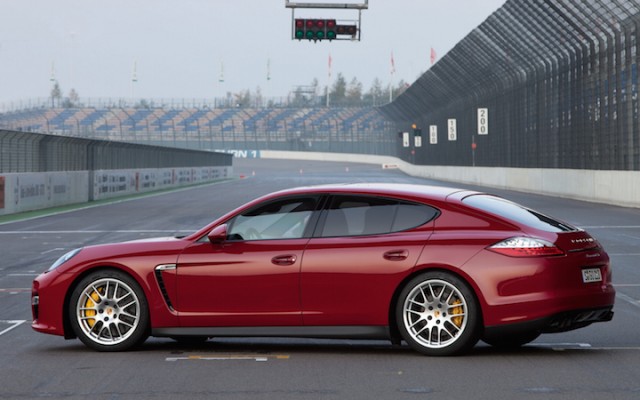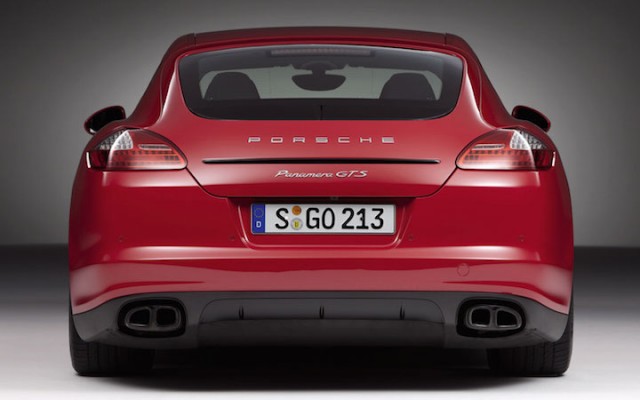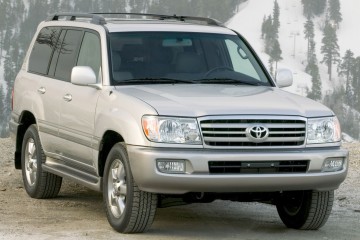Throughout their 85 year history, Porsche hasn’t had many misfires. The 914, 928, and 944 have all come back around to be loved by enthusiasts, and even the first generation Boxster and 996 generation 911 have their fans. When it comes to design, their philosophy has always been “less is more“, but when the realities of the 21st century set in, that had to become “less is more, except when it’s not“, and that eventually led to the Panamera.
The introduction of the Cayenne in 2004, got Porsche enthusiasts all riled up because they saw it as brand dilution. How could the same company that made the 930 Turbo make an SUV? Then as more people drove the Cayenne, the bitterness faded because they found that Porsche had managed to instill some of the same driving prowess found in their sports cars, into their new family hauler.
Six years after the debut of their first SUV, Porsche debuted the Panamera, the first four door car in the history of the company. Again, purists were up in arms, but this time, their complaints seemed more justified. An SUV is expected to be heavyset, but a shooting brake should be lean and sculpted. Instead, the Panamera wore its weight poorly, especially at the rear where the fenders looked more like saddle bags, and not the kind you find on a motorcycle.
Because they’re not deaf to the complaints of their customers, Porsche gave the Panamera a facelift for the 2013 model year. These models can be easily identified by the new front and rear bumpers, as well as re-styled taillights. If you don’t have an especially sharp eye for detail, you can tell the difference between a pre-facelift Panamera and post-facelift Panamera by standing behind them. The post-facelift car is the one that doesn’t have an completely ungainly posterior.
Of the many Panamera variants, my favorite is without a doubt the Panamera GTS. There’s something particularly enjoyable about having a raspy 4.8-liter V8 under the hood of a Porsche, especially when it seats four people very, very comfortably. The rear bucket seats are a really nice place to hang out, but the driver’s seat is where you really want to be.
While the Panamera Turbo is faster, it lacks the hilarious grunt you get with the GTS. The sound of the exhaust is absolutely intoxicating, and when I had a chance to drive it, the skinny pedal was the victim of repeated stabs from my heavy foot. Because of how entertaining it is, the last thing you’re thinking about when you’re driving it is how it looks from the outside, and thanks to all the little styling touches, the GTS makes the most of the facelift.
With the brakes from the top dog Panamera Turbo S included as standard equipment, and Sport Chrono, PASM(Porsche Active Suspension Management) falling under that heading as well, the Panamera GTS was a bargain when it came out. Now here we are 3 year later with a second generation Panamera slated for January 2017, and many a Panamera GTS on the pre-owned market.
The timing couldn’t be better to look for one of these cars than in the next four months, because the 2nd generation car is drastically better looking. That means values on the first generation Panamera, even the post-facelift cars will drop a little further, and with prices already looking very appealing, it’s a good time to be looking into a Panamera of any kind.
Happy hunting!
2013 Porsche Panamera GTS on Ebay
(Article continues below)







